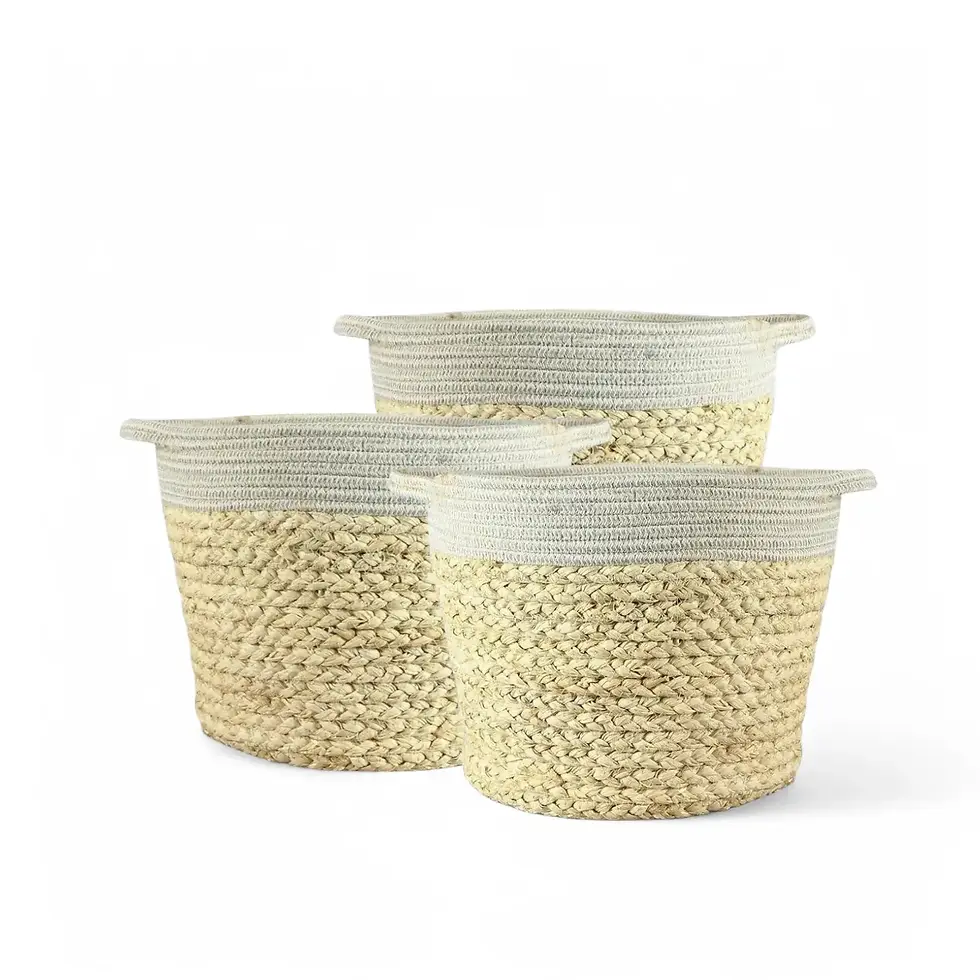Begonia rex 'Princess Hanover' – Exquisite Foliage with Regal Charm
A Stunning Begonia with Sophisticated Appeal
Begonia rex 'Princess Hanover' captivates with its intricate beauty and dramatic foliage. This striking variety showcases a mesmerizing blend of olive–green and metallic silver–green leaves, highlighted by a distinctive spiral pattern. As the leaves mature, their wavy edges add depth and texture, while the bold red undersides create an eye–catching contrast. A true statement plant, 'Princess Hanover' transforms any indoor space with its elegance and unique appearance.
Key Features of Begonia rex 'Princess Hanover'
- Intricate Foliage: Large, textured leaves with a signature spiral pattern.
- Dynamic Color Play: Olive–green and silver hues on top, with striking red undersides.
- Metallic Sheen: The leaves shimmer under light, enhancing their visual appeal.
- Compact Growth: Ideal for desktops, shelves, or as a focal point in plant collections.
- Low–Maintenance: Thrives indoors with minimal care, perfect for all skill levels.
How to Care for Begonia rex 'Princess Hanover'
- Light: Prefers moderate to bright, indirect light. Avoid direct sun exposure to prevent leaf scorch.
- Watering: Water when the top 2–3 cm of soil is dry. Overwatering can lead to root rot.
- Humidity: Enjoys higher humidity but adapts to standard indoor levels. Use a pebble tray or humidifier if needed.
- Temperature: Keep between 18–24°C. Protect from drafts or sudden temperature changes.
- Soil: Use a well–draining, organic potting mix. A blend of peat moss, perlite, and compost works well.
- Fertilizing: Feed monthly with a diluted, balanced liquid fertilizer to maintain vibrant foliage.
- Pruning: Trim old or damaged leaves to encourage healthy new growth.
Common Issues and Solutions for Begonia rex 'Princess Hanover'
Pests:
- Spider Mites and Mealybugs: Wipe leaves with a damp cloth or apply insecticidal soap.
- Fungus Gnats: Allow the soil surface to dry between waterings and improve airflow.
Leaf Issues:
- Yellowing Leaves: Often a sign of overwatering. Adjust watering habits accordingly.
- Browning Edges: Can result from low humidity or inconsistent watering.
- Drooping Foliage: Check for underwatering or exposure to cold drafts.
Fungal Problems:
- Ensure proper ventilation and avoid watering leaves directly.
- Remove affected leaves and apply a mild fungicide if needed.
Etymology of Begonia rex 'Princess Hanover'
The genus Begonia was named in honor of Michel Bégon, a French administrator and botanist, by Charles Plumier, the botanist who discovered the plant in the Caribbean. 'Princess Hanover' carries a regal name, fitting its luxurious appearance.
Frequently Asked Questions
Is Begonia rex 'Princess Hanover' difficult to grow?
Not at all! With the right care—moderate watering, bright indirect light, and good humidity—it thrives beautifully indoors.
Can I grow this plant in low light?
It prefers bright, indirect light but can tolerate slightly lower light conditions. However, vibrant colors may fade in dim environments.
How often should I water?
Water when the top 2–3 cm of soil is dry. Avoid overwatering, as Begonias are sensitive to root rot.
Order Begonia rex 'Princess Hanover' Today!
Bring the regal beauty of Begonia rex 'Princess Hanover' into your home. Shop now and enjoy this elegant houseplant with its stunning, ever–changing foliage!
Begonia rex 'Princess Hanover'
Begonia rex 'Princess Hanover' comes in following sizes:
M – is approximately 25 cm tall and comes in a ⌀ 12 cm pot.





















































